Copyright
Academic Press is an imprint of Elsevier
The Boulevard, Langford Lane, Kidlington, Oxford OX5 1GB, UK
225 Wyman Street, Waltham, MA 02451, USA
First edition 2014
Copyright 2014 Elsevier Inc. All rights reserved.
No part of this publication may be reproduced, stored in a retrieval system or transmitted in any form or by any means electronic, mechanical, photocopying, recording or otherwise without the prior written permission of the publisher
Permissions may be sought directly from Elsevier's Science & Technology Rights Department in Oxford, UK: phone (+44) (0) 1865 843830; fax (+44) (0) 1865 853333; email: , and selecting Obtaining permission to use Elsevier material
Notice
No responsibility is assumed by the publisher for any injury and/or damage to persons or property as a matter of products liability, negligence or otherwise, or from any use or operation of any methods, products, instructions or ideas contained in the material herein. Because of rapid advances in the medical sciences, in particular, independent verification of diagnoses and drug dosages should be made
British Library Cataloguing in Publication Data
A catalogue record for this book is available from the British Library
Library of Congress Cataloging-in-Publication Data
A catalog record for this book is availabe from the Library of Congress
ISBN: 978-0-12-397269-9
For information on all Academic Press publications visit our web site at books.elsevier.com
Printed and bound in United States of America
14 15 16 17 10 9 8 7 6 5 4 3 2 1

Preface
Sustainability, Energy and Architecture has been produced to serve architects, students and practitioners alike; a reference book for all those interested in buildings and their relationship to energy and the environment. Each of the 17 chapters has been written by a leading authority in their field. They highlight the practise of building design throughout the world, followed by critical analysis.
It is hoped that architects and builders will use and benefit from this worldwide experience and expertise. Both vernacular and modern architecture are addressed, and the text sets out the principles for architects to follow when designing buildings, giving full consideration to energy; whether embedded in the building materials or required to make the buildings comfortable for work or residence.
Special attention has been given to the GCC and the Middle East, where recent building development has, by and large, been erected for no rhyme or reason to solve the accommodation requirements of a large immigrant population of skilled and non-skilled workers, without thought for esthetic or planning constraints. Thankfully there are signs that this attitude is changing for the better.
The book also looks at the speed at which some regions of the world have changed from traditional buildings to modern skyscrapers and their neglect of the principles of sustainability.
The book includes more than 50 design case studies from the UK, The Netherlands, Germany, Italy, Sweden, Romania, New Zealand, Canada, the GCC, Iraq, Iran, Cuba and few selected countries from central and southern Africa.
As editor-in-chief, I am proud and honored to have worked with these eminent architects and building experts in putting forward this work of insight into building design, operation and experience.
Ali Sayigh, BSc, DIC, PhD, FIE, FIEE, CEng
Chairman of World Renewable Energy Congress, Director General of WREN, Chairman of IEI, WREN, P O Box 362, Brighton BN2 1YH, UK, T: 44- (0) 1273 625 643, F: 44- (0) 1273 625 768
Email:
Authors Biography
Prof. Mohsen Aboulnaga
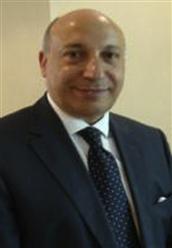 He is an expert on Sustainable Development, Sustainability, Built Environment and Green Building. Dr Aboulnaga is a Professor of Sustainable Built Environment. His areas of competency including: strategy planning, policy development and tools, strategic environmental assessment, low-carbon society and scenarios, eco-friendly cities, green building policies and guidelines, renewable energy and climate change. In 2009, he was appointed Strategy & Policy Advisor Environment & Infrastructure at The Prime Ministers Office of the UAE (February 2009 March 2010). Prior to that, he held a position in the capacity of Strategy & Policy Advisor at The Executive Council, Government of Dubai from May 2007 to 2009. He was involved in developing Dubai Government Strategic Green Building Policy and Dubai Heat Island and Orthophoto Flyover Project in collaboration with Lawrence Berkeley National Laboratory. Dr Aboulnaga is author and co-author of more than 60 published intl refereed journal and conference papers and holds a Ph.D. in sustainable building Environments from The University of Leeds, U.K.
He is an expert on Sustainable Development, Sustainability, Built Environment and Green Building. Dr Aboulnaga is a Professor of Sustainable Built Environment. His areas of competency including: strategy planning, policy development and tools, strategic environmental assessment, low-carbon society and scenarios, eco-friendly cities, green building policies and guidelines, renewable energy and climate change. In 2009, he was appointed Strategy & Policy Advisor Environment & Infrastructure at The Prime Ministers Office of the UAE (February 2009 March 2010). Prior to that, he held a position in the capacity of Strategy & Policy Advisor at The Executive Council, Government of Dubai from May 2007 to 2009. He was involved in developing Dubai Government Strategic Green Building Policy and Dubai Heat Island and Orthophoto Flyover Project in collaboration with Lawrence Berkeley National Laboratory. Dr Aboulnaga is author and co-author of more than 60 published intl refereed journal and conference papers and holds a Ph.D. in sustainable building Environments from The University of Leeds, U.K.
Professor Khalid A Al-Sallal
 Dr Al-Sallal received a Master of Environmental Planning from Arizona State University in 1988 and a PhD from Texas A&M University at College Station in 1995. He has been teaching architectural engineering at the UAE University since 1996 and currently holds a professor rank. His area of expertise is architectural design with emphasis on building energy. His research has focused on building performance and simulation, carbon-neutral design and zero energy buildings. He is member of several organizations and societies and editor of few journals in the area of architecture and environment and produced more than 40 publications in international refereed journals and specialized conferences. He designed several residential and public buildings including the Yemeni Ministry of Education in Sanaa and won architectural competition prizes for the design of the Yemen Kuwait Bank and the design of a commercial residential complex for the Yemeni Government in Sanaa. He received several awards for his work and design.
Dr Al-Sallal received a Master of Environmental Planning from Arizona State University in 1988 and a PhD from Texas A&M University at College Station in 1995. He has been teaching architectural engineering at the UAE University since 1996 and currently holds a professor rank. His area of expertise is architectural design with emphasis on building energy. His research has focused on building performance and simulation, carbon-neutral design and zero energy buildings. He is member of several organizations and societies and editor of few journals in the area of architecture and environment and produced more than 40 publications in international refereed journals and specialized conferences. He designed several residential and public buildings including the Yemeni Ministry of Education in Sanaa and won architectural competition prizes for the design of the Yemen Kuwait Bank and the design of a commercial residential complex for the Yemeni Government in Sanaa. He received several awards for his work and design.
Arch Rahman Azari
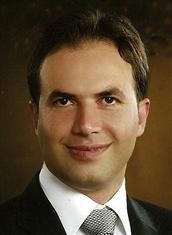 He is a PhD candidate in Built Environment at the University of Washington. With a background in architecture, he has researched on various aspects of green buildings including green project delivery, energy-efficiency in buildings, environmental life-cycle assessments of buildings, etc. The outcomes of his research have been published as research papers in proceedings of many international conferences.
He is a PhD candidate in Built Environment at the University of Washington. With a background in architecture, he has researched on various aspects of green buildings including green project delivery, energy-efficiency in buildings, environmental life-cycle assessments of buildings, etc. The outcomes of his research have been published as research papers in proceedings of many international conferences.
Professor George Baird
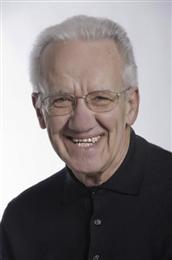


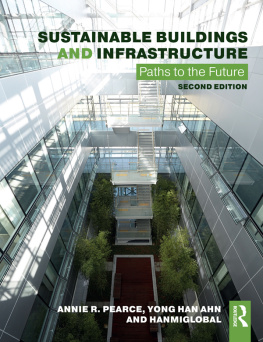
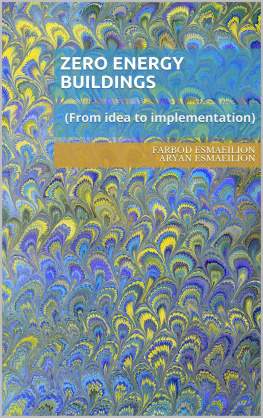
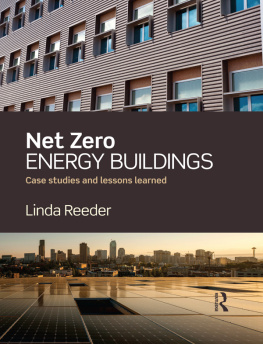
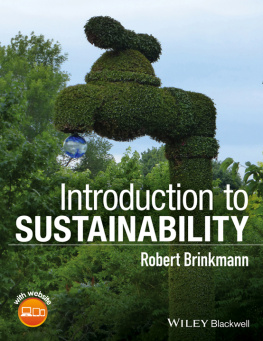
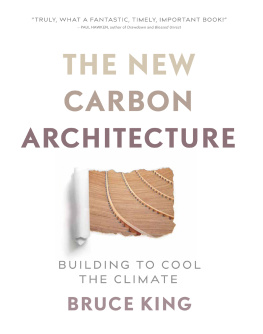
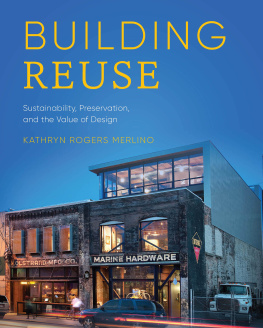



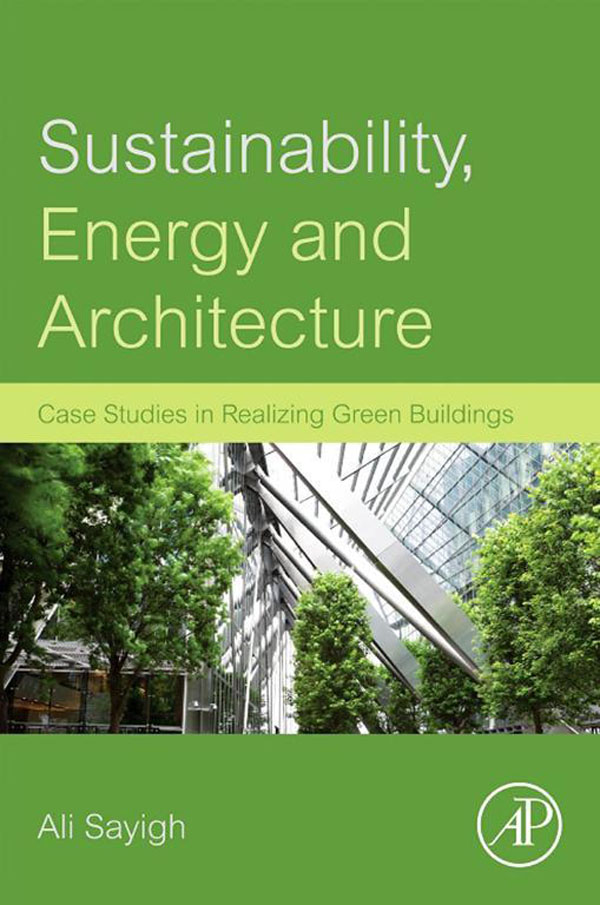


 He is an expert on Sustainable Development, Sustainability, Built Environment and Green Building. Dr Aboulnaga is a Professor of Sustainable Built Environment. His areas of competency including: strategy planning, policy development and tools, strategic environmental assessment, low-carbon society and scenarios, eco-friendly cities, green building policies and guidelines, renewable energy and climate change. In 2009, he was appointed Strategy & Policy Advisor Environment & Infrastructure at The Prime Ministers Office of the UAE (February 2009 March 2010). Prior to that, he held a position in the capacity of Strategy & Policy Advisor at The Executive Council, Government of Dubai from May 2007 to 2009. He was involved in developing Dubai Government Strategic Green Building Policy and Dubai Heat Island and Orthophoto Flyover Project in collaboration with Lawrence Berkeley National Laboratory. Dr Aboulnaga is author and co-author of more than 60 published intl refereed journal and conference papers and holds a Ph.D. in sustainable building Environments from The University of Leeds, U.K.
He is an expert on Sustainable Development, Sustainability, Built Environment and Green Building. Dr Aboulnaga is a Professor of Sustainable Built Environment. His areas of competency including: strategy planning, policy development and tools, strategic environmental assessment, low-carbon society and scenarios, eco-friendly cities, green building policies and guidelines, renewable energy and climate change. In 2009, he was appointed Strategy & Policy Advisor Environment & Infrastructure at The Prime Ministers Office of the UAE (February 2009 March 2010). Prior to that, he held a position in the capacity of Strategy & Policy Advisor at The Executive Council, Government of Dubai from May 2007 to 2009. He was involved in developing Dubai Government Strategic Green Building Policy and Dubai Heat Island and Orthophoto Flyover Project in collaboration with Lawrence Berkeley National Laboratory. Dr Aboulnaga is author and co-author of more than 60 published intl refereed journal and conference papers and holds a Ph.D. in sustainable building Environments from The University of Leeds, U.K. Dr Al-Sallal received a Master of Environmental Planning from Arizona State University in 1988 and a PhD from Texas A&M University at College Station in 1995. He has been teaching architectural engineering at the UAE University since 1996 and currently holds a professor rank. His area of expertise is architectural design with emphasis on building energy. His research has focused on building performance and simulation, carbon-neutral design and zero energy buildings. He is member of several organizations and societies and editor of few journals in the area of architecture and environment and produced more than 40 publications in international refereed journals and specialized conferences. He designed several residential and public buildings including the Yemeni Ministry of Education in Sanaa and won architectural competition prizes for the design of the Yemen Kuwait Bank and the design of a commercial residential complex for the Yemeni Government in Sanaa. He received several awards for his work and design.
Dr Al-Sallal received a Master of Environmental Planning from Arizona State University in 1988 and a PhD from Texas A&M University at College Station in 1995. He has been teaching architectural engineering at the UAE University since 1996 and currently holds a professor rank. His area of expertise is architectural design with emphasis on building energy. His research has focused on building performance and simulation, carbon-neutral design and zero energy buildings. He is member of several organizations and societies and editor of few journals in the area of architecture and environment and produced more than 40 publications in international refereed journals and specialized conferences. He designed several residential and public buildings including the Yemeni Ministry of Education in Sanaa and won architectural competition prizes for the design of the Yemen Kuwait Bank and the design of a commercial residential complex for the Yemeni Government in Sanaa. He received several awards for his work and design. He is a PhD candidate in Built Environment at the University of Washington. With a background in architecture, he has researched on various aspects of green buildings including green project delivery, energy-efficiency in buildings, environmental life-cycle assessments of buildings, etc. The outcomes of his research have been published as research papers in proceedings of many international conferences.
He is a PhD candidate in Built Environment at the University of Washington. With a background in architecture, he has researched on various aspects of green buildings including green project delivery, energy-efficiency in buildings, environmental life-cycle assessments of buildings, etc. The outcomes of his research have been published as research papers in proceedings of many international conferences.